
In this blog post, we will dive into an essential topic for a pool owner – the process and importance of a replacement Loop-Loc pool cover in preparation for the pool closing season.
There are multiple benefits of Loop-Loc covers. These covers are more than just a pool accessory. They offer unmatched safety and peace of mind and are crafted with the highest quality materials to withstand extreme conditions.
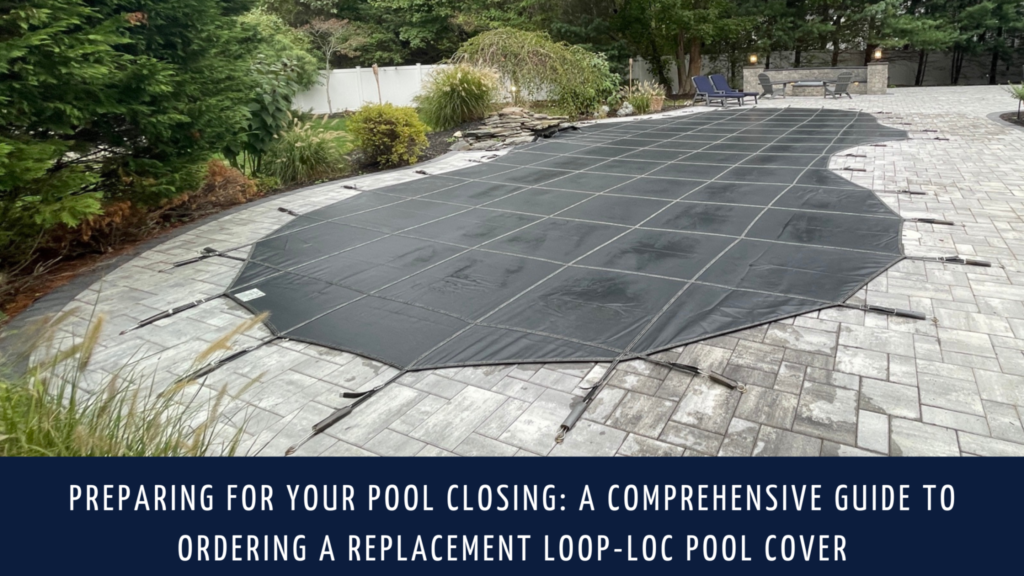
With its superior strength and durability, a Loop-Loc cover assures you that your pool is protected no matter what Mother Nature throws.
But, even the durable Loop-Loc pool cover may begin to show signs of wear and tear.
It’s an inevitable part of its lifespan. This is why it is crucial to be prepared and proactive in addressing the need for a replacement cover.
One of the key factors in successful pool maintenance is planning ahead. With the pool closing season fast approaching, now is the perfect time to assess the condition of your Loop-Loc pool cover and consider whether it might be time for a replacement.
Loop-Loc pool covers are crafted with durability and resilience in mind, yet like any other protective equipment, they are not invincible.
Over time, your cover may show signs that suggest a replacement is due.
Let’s look at some common reasons you might need to consider replacing your Loop-Loc cover.
Pool covers are susceptible to the harmful effects of the sun’s UV rays. Prolonged exposure can weaken the cover material, making it more prone to tearing and reducing its overall strength and effectiveness.
If your cover looks faded or brittle, it could be a sign of UV damage.
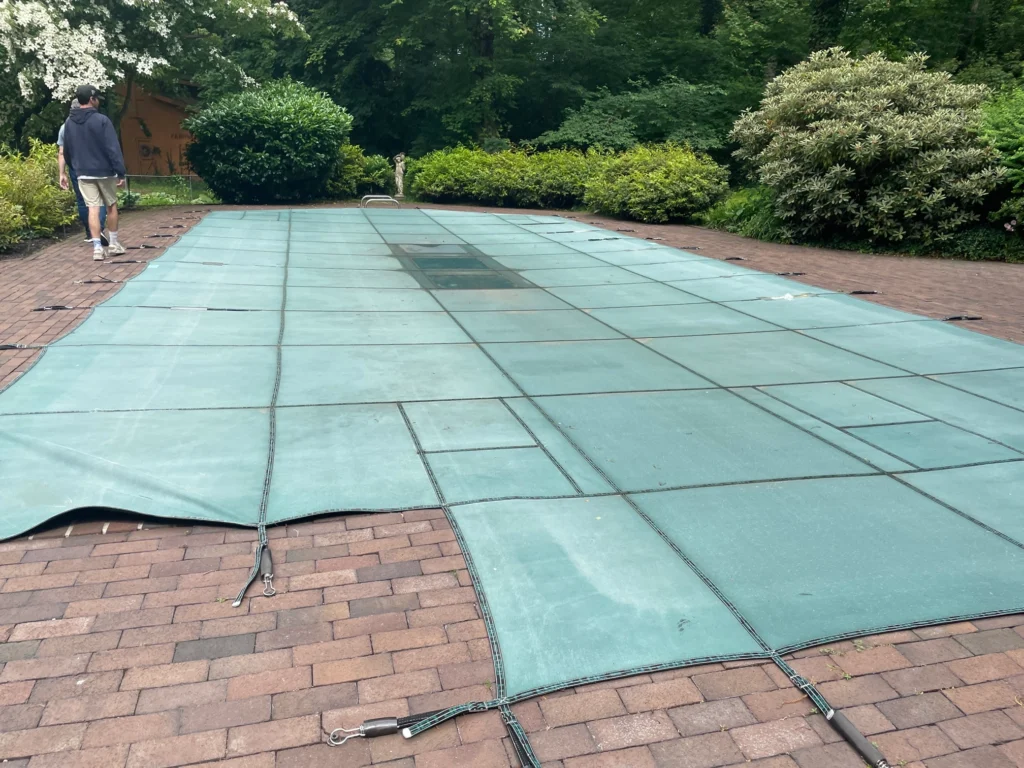
Over time, you might observe small rips or tears developing along the seams of your cover. While minor damages can often be patched, tears in the seams are generally more difficult to repair and may require a full cover replacement.
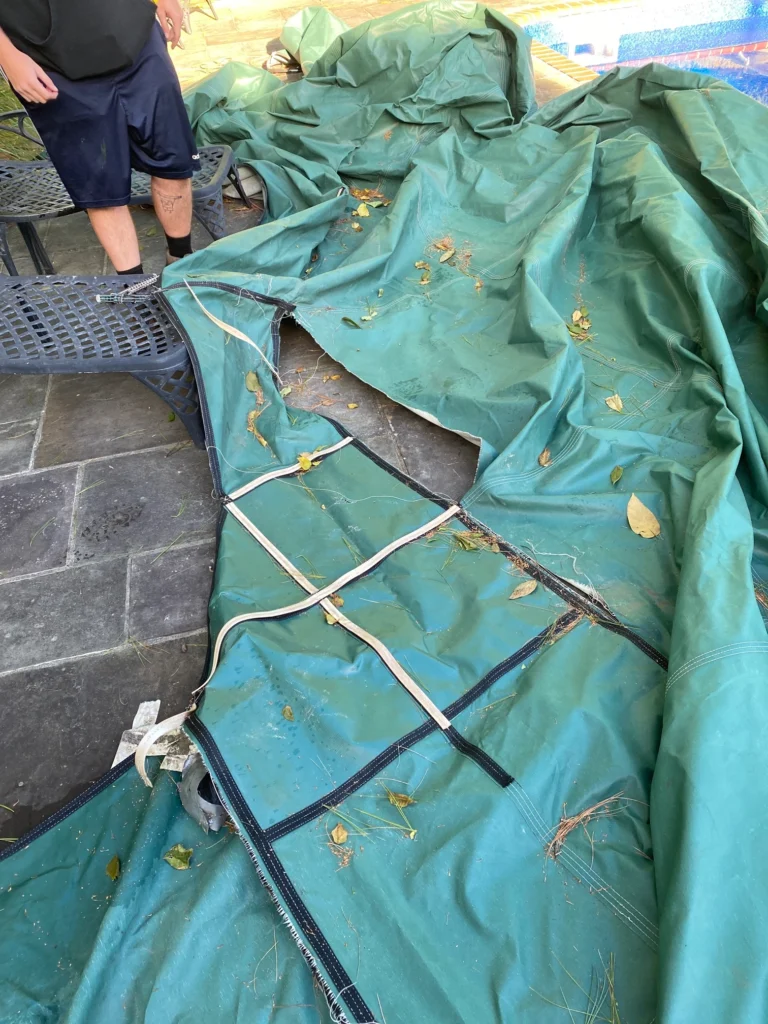
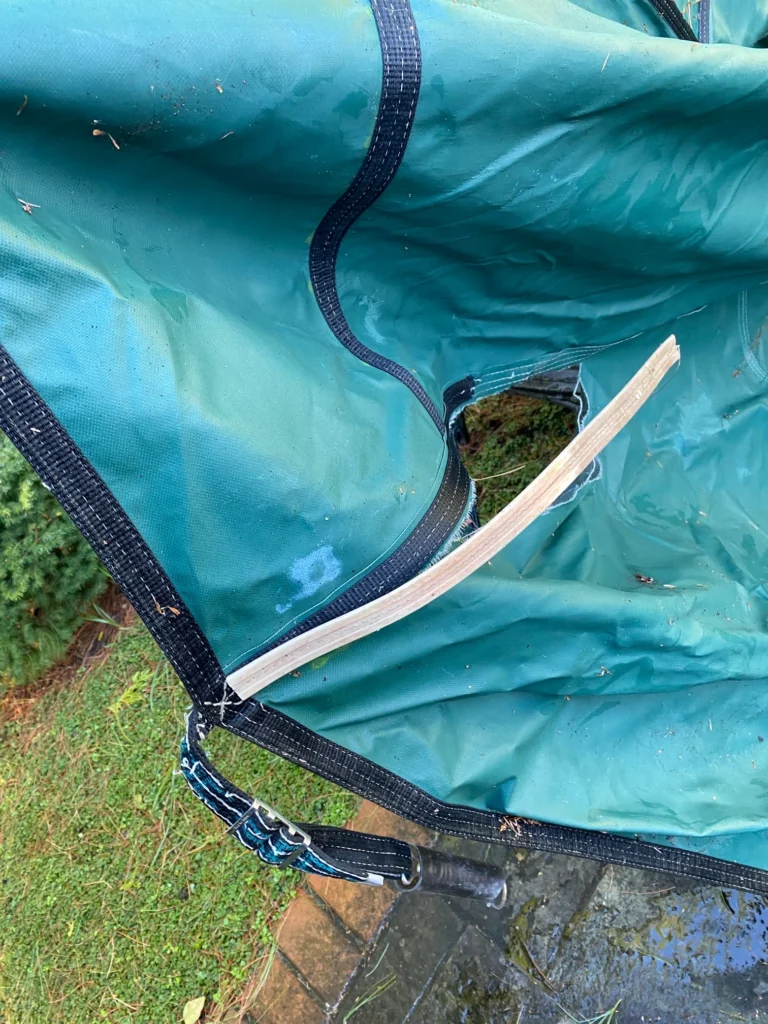
Similarly, larger rips or tears in the body of the cover itself, beyond the capacity of a simple patch repair, will compromise the safety and functionality of the cover.
In such cases, it’s best to opt for replacement.
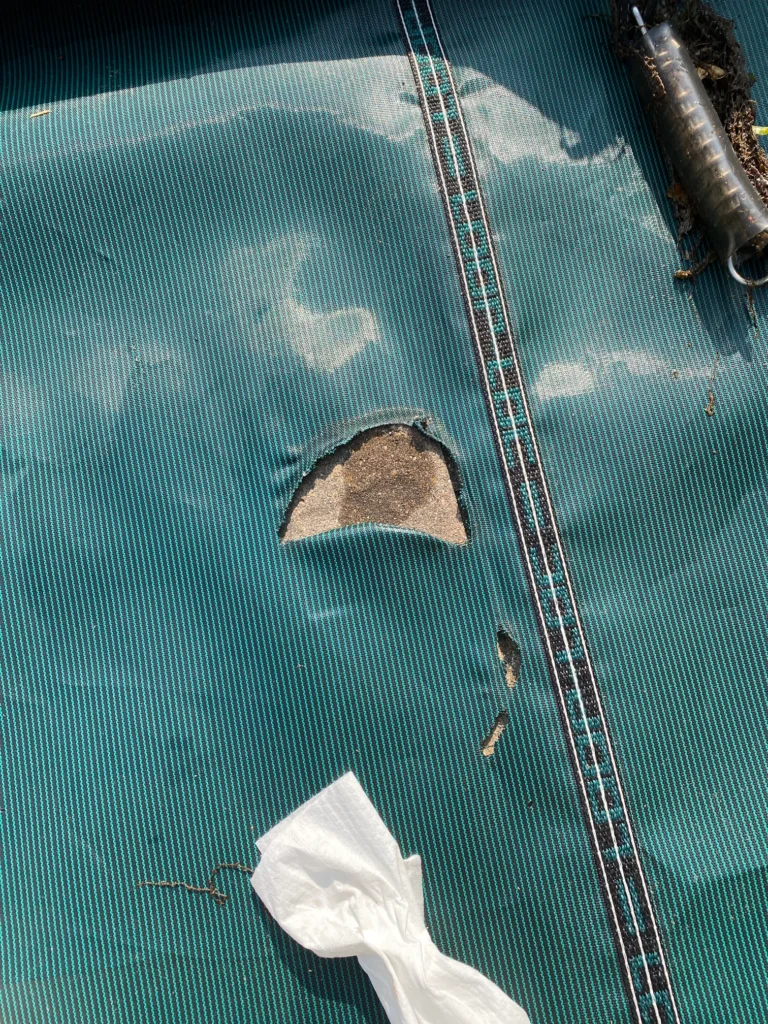
The springs are an essential part of the secure fit that Loop-Loc covers are known for. However, springs can lose their tension as they age, leading to a loose-fitting cover that doesn’t provide optimal protection.
If your springs no longer bounce back, it’s a sign you need a new cover.
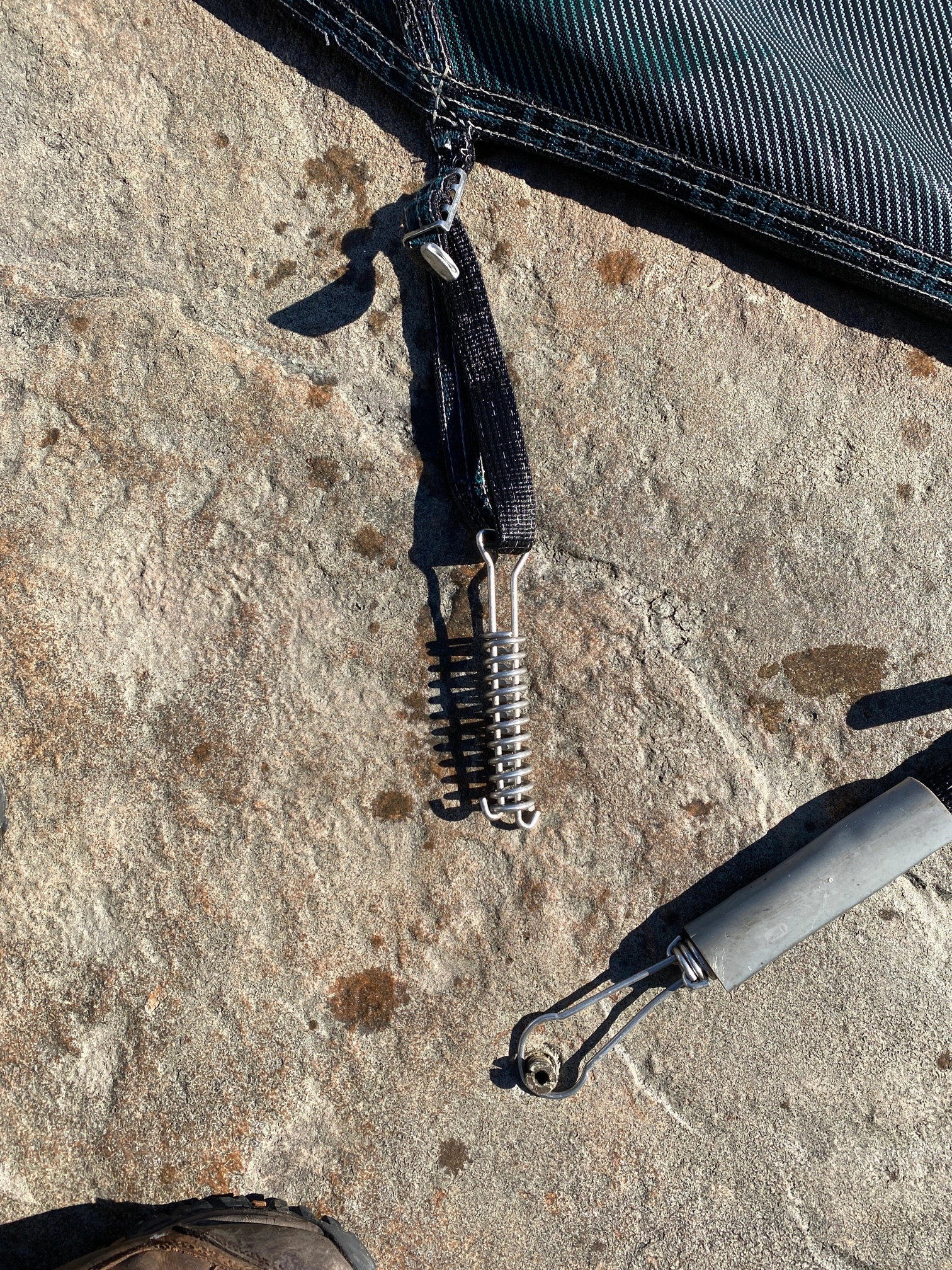
Loop-Loc is continuously innovating and improving its product line. You may decide to replace your existing cover with a newer model, such as the Ultra-Loc solid or Aqua Xtreme Mesh.
These covers come with enhanced features designed to maximize safety and durability.
Loop-Loc covers come in various colors, and you may switch up the look of your pool area with a new color choice.
Finally, let’s talk about the lifespan of a typical Loop-Loc cover. While these covers are designed to withstand the elements and provide long-lasting service, they are subject to wear and tear, like all outdoor products.
The average lifespan of a Loop-Loc cover is about 6-8 years, although this can vary depending on usage, climate, and maintenance habits.
Regularly checking your cover for the above signs of wear can help ensure you’re timely arranging for a replacement when necessary, ensuring your pool remains secure, safe, and looking its best.
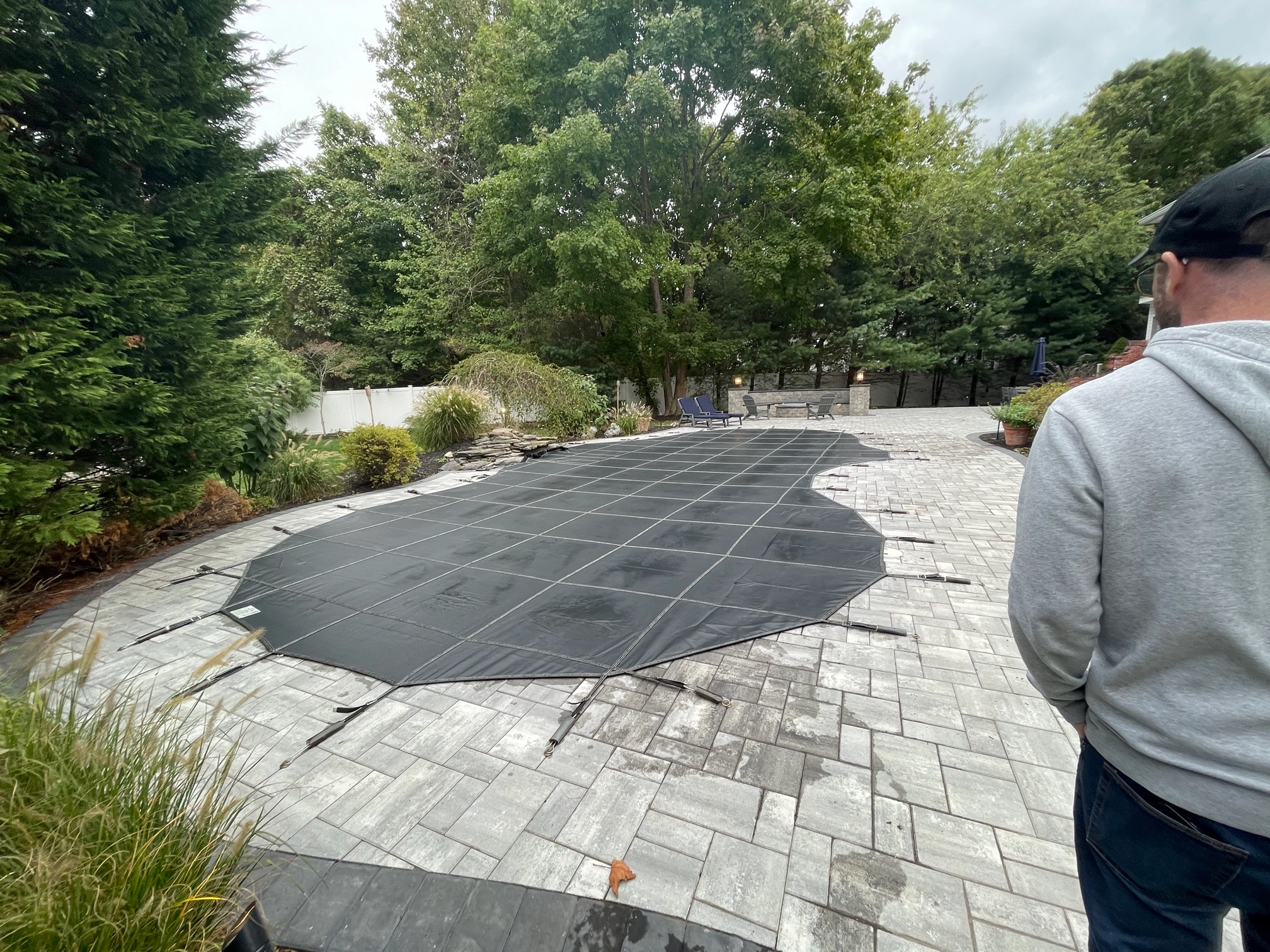
The most straightforward way to secure your replacement Loop-Loc pool cover is by using your existing cover’s order number.
This unique identifier is typically located on the side of your cover, near the diving board or spanning the width of the deep end.
If you’re unsure where to find this order number, don’t worry, we’ve got you covered.
It’s usually printed on a sewn-in tag or stamped directly onto the cover. Look for a series of numbers or a combination of letters and numbers.
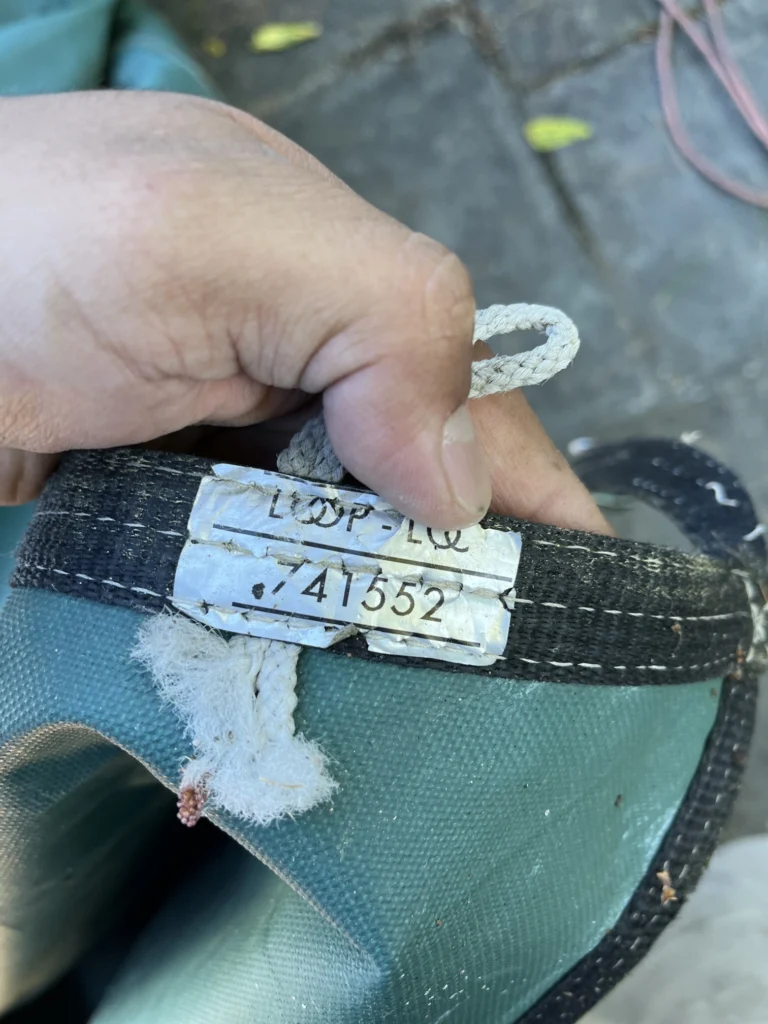
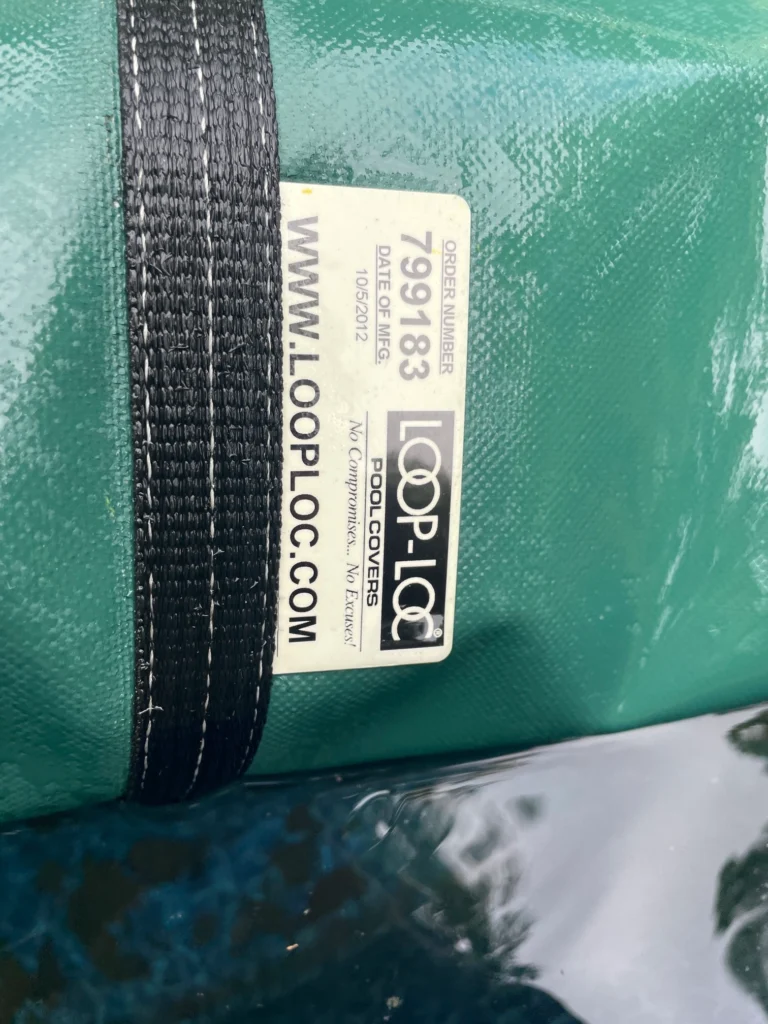
Your cover’s unique identifier tells us exactly what size and style to order for your replacement.
We will come in if you still need help finding the order number. We can visit your home and locate the order number ourselves.
Sometimes, locating the order number on your existing cover might be impossible.
Rest assured, there’s another way we can help you secure a perfect fit for your pool – by using the old cover as a reference for an estimate.
Here’s how it works:
We’ll arrange a visit to your home to pick up your old Loop-Loc cover. Our team will then deliver it to Loop-Loc, where they can closely examine it to provide a precise estimate for a new cover that matches the size and style.
What happens if you decide not to go with a new cover? That’s entirely your choice. In such instances, there would be a $200 fee to account for the effort of picking up and returning your old cover.
However, before you make this decision, it’s important to weigh the potential cost savings and benefits of opting for a new cover.
Not only will a new Loop-Loc cover provide improved aesthetics and functionality, but it will also ensure a safer environment for your family.
Plus, newer models of Loop-Loc covers come with advancements and enhanced durability and longevity.
Book a Safety Pool Cover Pickup
Sometimes, the unexpected can happen. You may find that your Loop-Loc cover needs to be included, or it may need to be updated to use as a basis for a replacement.
But even in these scenarios, we have a solution – and it’s called the Image-Loc process.
The Image-Loc process is an innovative method that allows us to determine the exact size needed for a replacement cover, even without the physical presence of the old one.
This process relies on high-quality images taken from various angles around your pool.
These photos capture crucial details like the pool’s shape, the anchors’ placement, and the surrounding features.
The Image-Loc process combines cutting-edge technology with our industry expertise to deliver the best possible solution for your pool.
It’s yet another way we ensure that even without an existing cover to guide us, we can still deliver a replacement cover that fits perfectly.
So, if your cover is missing, don’t worry. With the Image-Loc process, we’ve got you – and your pool – covered.
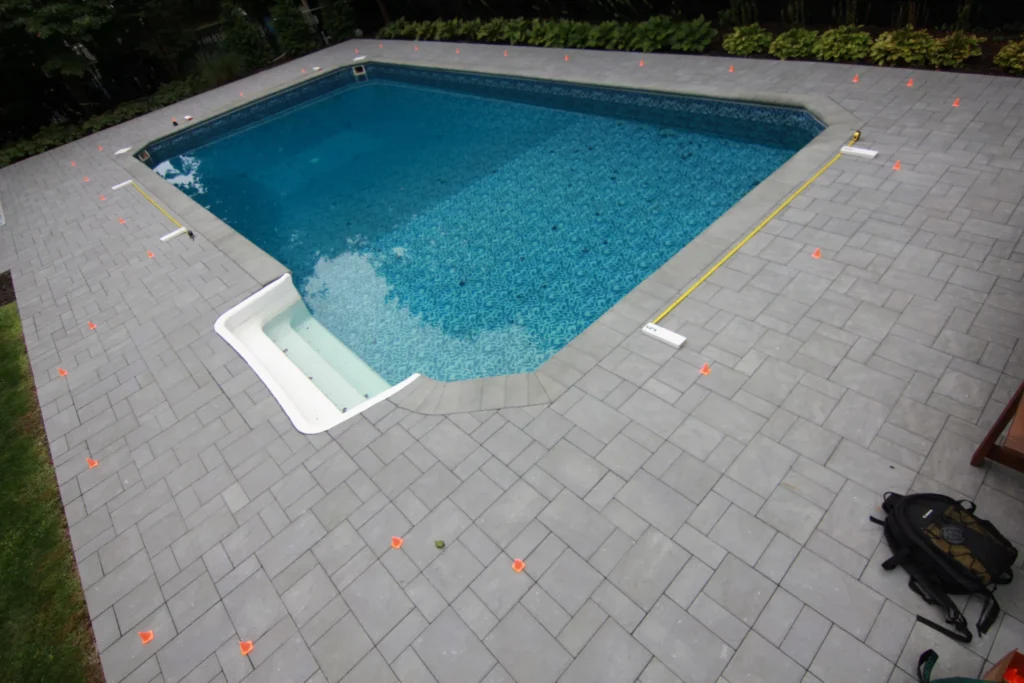
While the Image-loc process is a powerful tool in obtaining a perfect fit for your replacement pool cover, it requires careful preparation and execution to ensure accuracy.
Let’s dive into the details of how this innovative process works.
The foundation of the Image-Loc process lies in the set of high-resolution photos taken around your pool. These aren’t just photos but carefully planned shots that capture all the essential details needed to manufacture a seamless replacement cover.
As we approach the pool closing season, it’s important to remember that early preparation is not only a matter of convenience but also a key aspect of maintaining the health and longevity of your pool.
An integral part of this preparation is ensuring your Loop-Loc cover is in its prime condition, protecting your pool from the elements as it hibernates over the cooler months.
As your trusted pool service partner, we are ready to assist you with a replacement Loop-Loc pool cover. Our team will ensure a smooth pool closing preparation.
Don’t hesitate to get in touch with us if you have any questions or need assistance with your Loop-Loc cover replacement.
With the right cover and care, you can ensure your pool remains a source of joy for many seasons.

We make pool ownership easy with stress-free maintenance, expert repairs, and cutting-edge tech. From sparkling water to pool automation, we handle every detail so you can relax and enjoy your pool.
© 2025 Paul Romanelli & Son Pool Service.